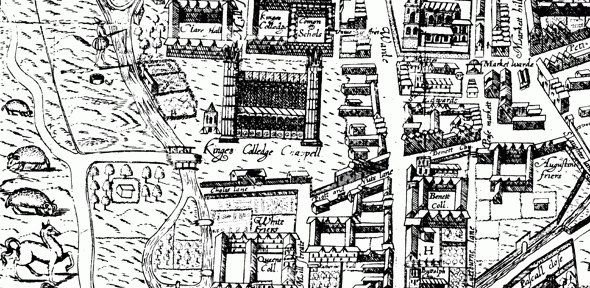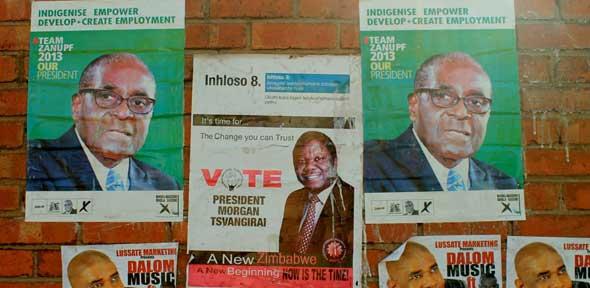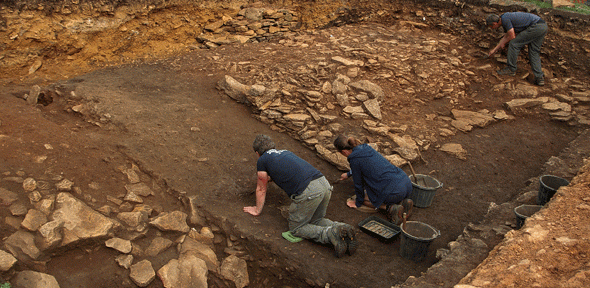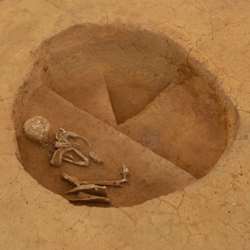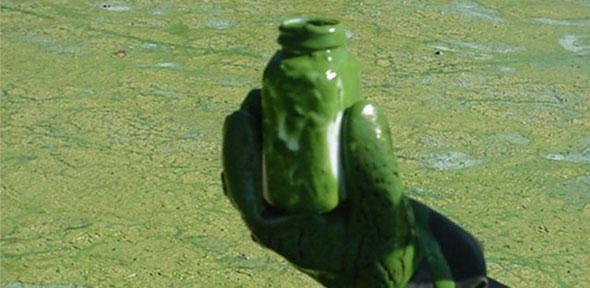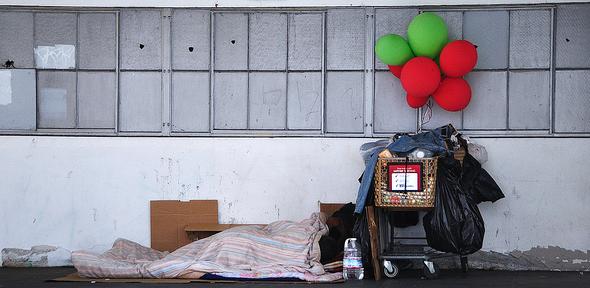
John and Molly met on the street in Cambridge. To be more precise, they met on Mill Road, close to Saint Barnabas Church, a couple of months ago. At first, Molly thought that John was not particularly interested in her; he very much kept to himself (and his habit). She nevertheless started calling him. Every single morning, he had a missed call on his phone. Very regularly, they would bump into each other at one or other of the Cambridge begging spots and talk.
Now in retrospect, the two claim that it must have been the star signs that were decisive for their mutual attraction; John and Molly both happen to be Leo. I guess it was more than that. It was a shared understanding of their circumstances, a shared attitude towards life and even more so a shared fate. A mutual recognition of how it is to live on the street.
The world of beggars is understood by mainstream Brits as a criminal sphere, the epitome of an underground world crowded by drug users and prostitutes, by the lowest kind of street people, by those unwilling to work, unwilling to behave as ‘normal’ citizens. Is this the world that John and Molly are living in, the world that accommodates their love affair? Or is their reality – the little stints and spaces of privacy, the moments of intimacy and togetherness they have created for themselves – actually rather different and more complex?
As a student of economics, first in Germany and then in the UK, I took part in countless seminars in which poverty was reduced to numbers, statistics, abstract trends. This dehumanising of poverty was one of the reasons that I changed subjects to sociology and finally to anthropology. The financial crisis confronted me with the impotence of economics and, living in East London, I saw its impact first hand. I found myself talking to people who live in poverty every day, who have been coping with it for years.
What first got me thinking about, and talking to, beggars was my interest in different uses of money. As I entered the community of beggars in Shoreditch, I found myself immersed in a world of very different relationships and living patterns – that turned out to be not so dissimilar at all.
These similarities are what I now observe in Cambridge’s homeless. There certainly are differences between the life of an office worker and John. It is true, John does have a habit. He started taking drugs when he was about 15 and developed all kinds of likings before he ended up with ‘brown’ – what they call heroin on the street. The little bags that the ‘H’ comes in have kept him busy now for about 28 years. He has gone through a Methadone cure, was denied Subitex, and quickly came back to the ‘real shit’. Often, he does not even care whether people see him injecting. Public toilets, churchyards, hallways, hidden entrances: scoring happens everywhere.
Molly, on the other hand, has three children none of whom live with her at the moment. One marriage, two fathers and an age gap of eight years separate the youngest, an 18-month-old daughter, from the oldest son. Molly became homeless only recently after having capitulated again to her alcohol problem.
But life for John and Molly is not ‘flat’, it is not stereotypical. It does not even come close to the descriptions that we are used to reading in newspapers, which focus on the sensational side of homelessness and begging. Recent reports from Cambridge looking for this sensationalism in homelessness have included a man sleeping in St John’s College Library and homeless groups overnighting in a city graveyard. Again, this is one side of it, yes, but the culture of sensationalism often misses the other – in this case more human – part of it. The beggars I’ve encountered during my research in Cambridge and London are excluded; they are going through phases of drug-addiction, but why reduce them to that?
What I’ve learned by going out, talking and living with people on the streets is that this – drugs, violence, theft – is only one side of ‘their coin’. John for instance is, in fact, not simply lazy. He was working for almost two decades doing tree surgery before he fell out of one of his ‘patients’ five years ago. Molly has been off the bottle for years in between stints of heavy drinking – her relapses have always been overcome and this is the first time she is actually sleeping on the street. John’s and Molly’s stories are complex and not easily subsumed under the glib phrase ‘drug addicts’.
Beggars are human too in their desire for relationships. John and Molly found each other on the street, they live together on the street, and they love together on the street. As good as they can, they try to carve out their little space of privacy as often as possible. Even though in some moments of absolute addiction, shame is overcome by the unyielding will to score, this is mostly different when it comes to their togetherness. John and Molly don’t like to have sex in an alleyway. Only rarely they are forced to resort to these emergency spaces. At other times, they use a friend’s place for their intimacies.
It’s not only sexuality that binds these two together; it is also sharing in a much wider sense. John and Molly share thoughts and opinions, attitudes and – yes – feelings for each other. Some academics support the one sided view arguing that love is not possible on the street – and that, as the philosopher Thomas Hobbes claimed long ago, the reality is that “life is nasty, brutish and short”. John’s life might rotate around drugs, money and police officers, but he is a loving being, too. How do beggars have time for romance, you ask? Not only does love exist, it is even the form of romantic love that is not limited to a material pooling of resources – to get by more easily – it can result in a long-term relationship of mutual support and care.
I know three couples in London who have been together for over a year, in one case more than two years. These couples go together through sicknesses and periods in prison, they encourage and help each other to stop drugging. They do often take drugs together, beg together, and might also cheat on each other – but how different is this from a ‘normal’ marriage? It is ups and downs.
‘Don’t give to beggars – you might be killing with kindness’, a recent campaign in East London reads. Critics might claim, that similarly to the material gift, a narrative that tries to ‘normalise’ begging, depict ‘them’ as a common part of our society, makes it harder for the street people to become ‘better’. It helps them to stay where they are. I claim that what commentators might understand as the literal whitewashing of a whole bunch of people that in their (ie the commentators’) reality pollutes the streets with drug paraphernalia and excrements has to be taken seriously. We need to be aware of the multi-dimensionality of begging and beggars, of people on the street in general.
Last week I was sitting with John and Molly on the pavement leading to Cambridge railway station when it began to rain. Watching them smile at each other, in the romantic way that only newly-made couples have, made me realise that not only can beggars love each other, but that we should also try to love them.
For more information about this story contact Johannes Lenhard on jfl37@cam.ac.uk or Alex Buxton, Office of Communications, University of Cambridge, amb206@admin.cam.ac.uk 01223 761673. You can follow Johannes on Twitter @Johannes Lenhard.
While his peers studied global banking systems, PhD candidate Johannes Lenhard became fascinated by the economics of life on the street. Speaking to beggars, he saw the powerful humanity that binds people together. He urges us to learn to love the people we so often edit out of our lives.
This work is licensed under a Creative Commons Licence. If you use this content on your site please link back to this page.





